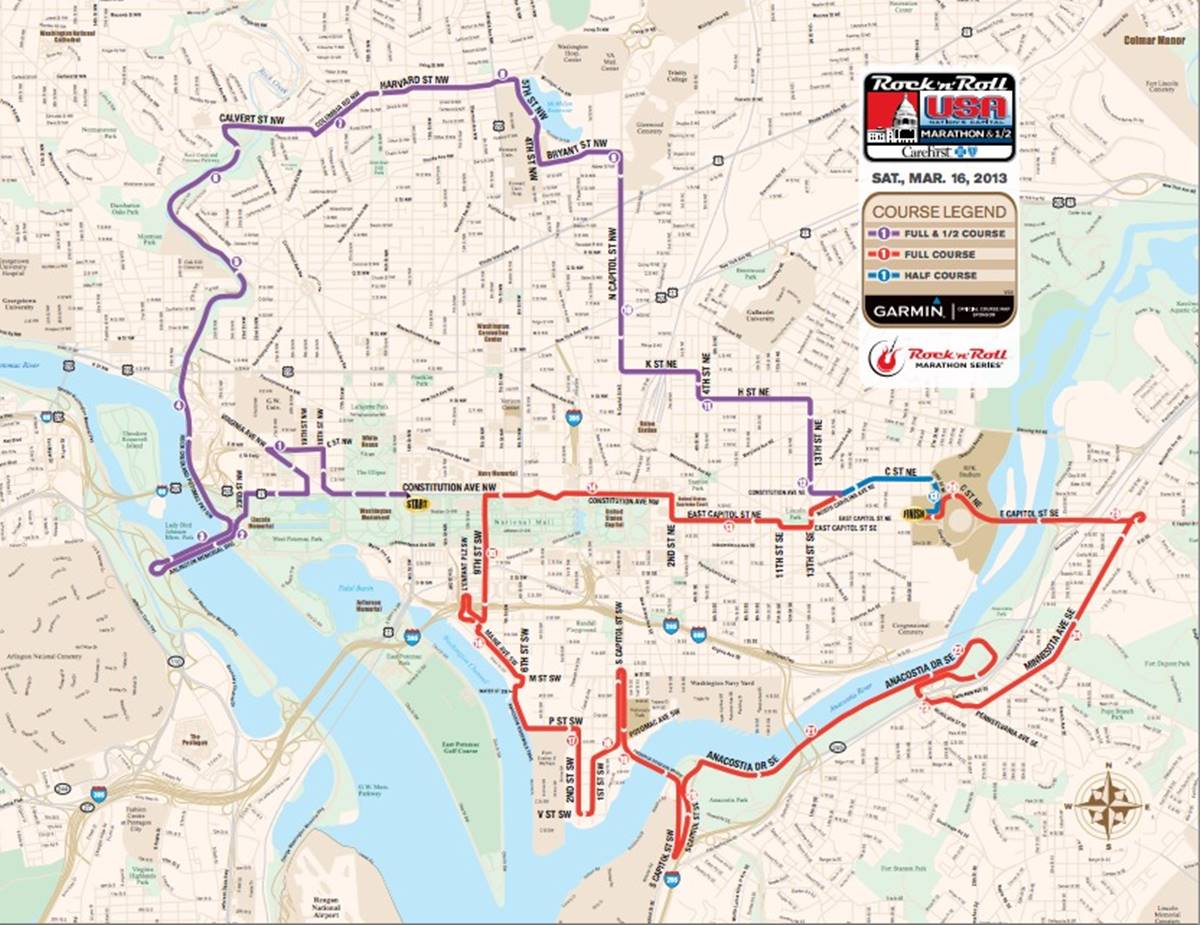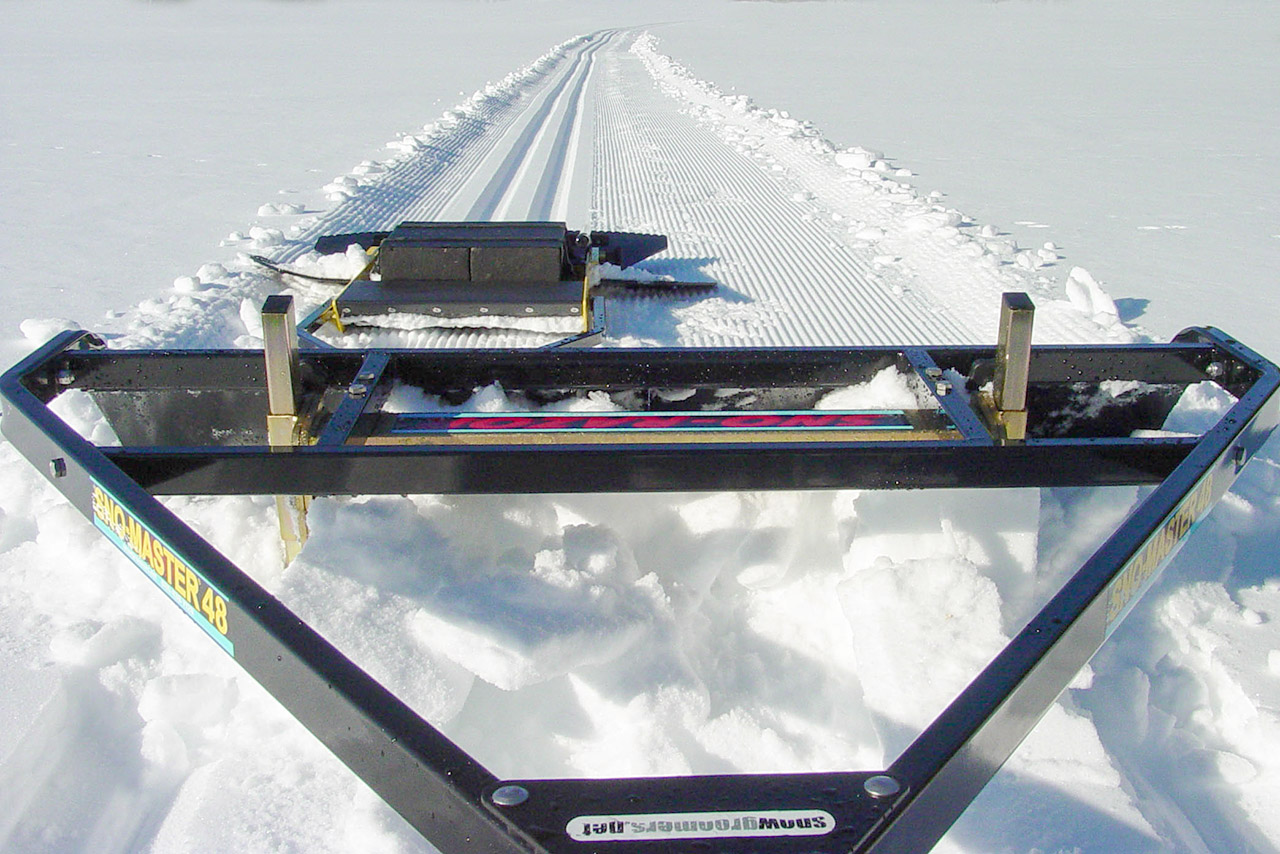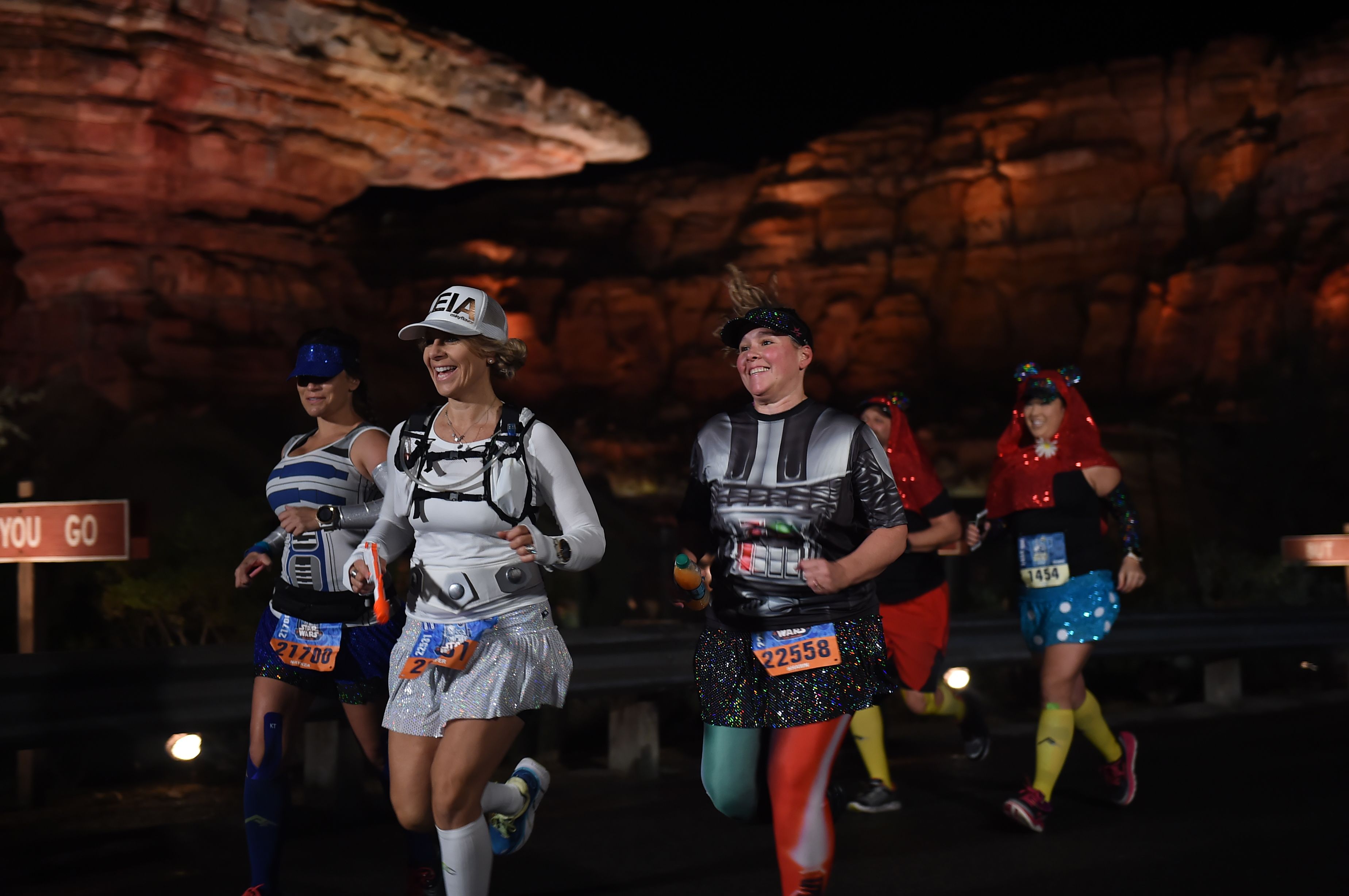Home>Misc>Featured>How To Remove Rock-N-Roll Half Marathon Course From Google Maps


Featured
How To Remove Rock-N-Roll Half Marathon Course From Google Maps
Modified: October 3, 2023
Looking to remove your upcoming Rock-N-Roll Half Marathon event from Google Maps? Our featured guide provides step-by-step instructions to help you take it down.
Introduction
Google Maps has undoubtedly become an indispensable tool in our lives, helping us navigate through cities and find businesses, landmarks, and even events. However, there are times when inaccurate or outdated information can appear, causing confusion for users. If you have discovered that the Rock-N-Roll Half Marathon is still listed on Google Maps even though the event has been canceled or relocated, don’t worry – there are steps you can take to have it removed.
It is essential to ensure that accurate information is displayed on Google Maps to avoid any inconvenience or misleading directions for individuals trying to reach their destinations. In this article, we will guide you through the process of getting the outdated information about the Rock-N-Roll Half Marathon removed from Google Maps. By following these steps, you can help maintain the accuracy of the platform and provide real-time information to fellow users.
While the process involves reaching out to the Google Maps team, it is relatively straightforward and can be accomplished by anyone. So, without further ado, let’s dive into the steps you need to take to remove the Rock-N-Roll Half Marathon information from Google Maps.
Step 1: Assess the situation
Before taking any action, it’s important to assess the situation and gather the necessary information. You need to determine whether the Rock-N-Roll Half Marathon is still listed on Google Maps and whether there are any inaccuracies or outdated details associated with it. Here’s what you need to do:
- Search for the event: Start by searching for the Rock-N-Roll Half Marathon on Google Maps. Enter the name of the event along with the location. Take note of any incorrect or misleading information that is displayed.
- Confirm the cancellation or relocation: Make sure that the event has been canceled or relocated. Check official sources, such as the event’s website or social media accounts, for any announcements regarding changes to the event.
- Check for duplicate listings: Sometimes, there may be multiple listings for the same event on Google Maps. Make sure to identify any duplicate listings and note their details.
By assessing the situation thoroughly, you will have a clear understanding of what needs to be addressed when reaching out to Google Maps to remove the outdated information. It’s important to gather as much relevant information as possible to ensure a smooth and efficient communication process with the Google Maps team. Once you have completed this step, you can move on to the next one to take action.
Step 2: Contact Google Maps
Once you have assessed the situation and gathered all the necessary information, it’s time to contact Google Maps to request the removal of the Rock-N-Roll Half Marathon from their platform. Follow these steps:
- Visit the Google Maps Help Center: Go to the Google Maps Help Center website (https://support.google.com/maps/) to access the resources and support options available to address your issue. This is the official platform where you can find assistance for various Google Maps-related inquiries.
- Select the appropriate category: Navigate through the Help Center and select the category that best fits your issue. In this case, you may choose categories such as “Report a problem with a map” or “Remove personal information from Google Maps.”
- Submit a request: Once you have selected the appropriate category, click on the “Submit a request” or “Contact us” button to initiate the process. Fill out the form with accurate and detailed information related to the Rock-N-Roll Half Marathon, including the event name, location, and any relevant URLs or screenshots.
- Provide supporting evidence: It’s always helpful to provide supporting evidence, such as official announcements or documentation confirming the cancellation or relocation of the event. This will strengthen your case and increase the chances of a prompt resolution.
Remember to provide clear and concise information in your request to ensure that the Google Maps team can understand the issue and take appropriate action. Be patient during this step, as it may take some time for a response from Google Maps. Once you have contacted them, you can proceed to the next step to provide any requested information or follow-up on your request.
Step 3: Provide necessary information
After contacting Google Maps, they may request additional information or clarification regarding the Rock-N-Roll Half Marathon removal request. It’s important to promptly respond and provide any necessary information to expedite the process. Here’s what you need to do:
- Check your email: Keep an eye on your email inbox for any correspondence from the Google Maps team. They may request further details or ask for supporting evidence to validate your request.
- Respond with requested information: When you receive an email from Google Maps, make sure to carefully read through their questions or requests. Respond promptly and provide the requested information, ensuring accuracy and clarity in your responses.
- Include relevant details or documentation: If Google Maps asks for any supporting evidence, such as official cancellation announcements or event relocation documentation, attach those files to your response. Providing concrete evidence will strengthen your case and help expedite the removal process.
- Be concise and polite: When communicating with the Google Maps team, maintain a polite and professional tone. Keep your responses concise and to the point, ensuring that you address their questions or requests thoroughly.
By providing the necessary information promptly and effectively, you will assist the Google Maps team in assessing and resolving the issue. Remember to check your email regularly and respond in a timely manner to avoid any delays in the process. Once you have provided the requested information, it’s time to move on to the next step: following up with Google Maps to ensure the removal of the outdated information.
Step 4: Follow up with Google Maps
Following up with Google Maps after providing the requested information is crucial to ensure that your request is being processed and the outdated information regarding the Rock-N-Roll Half Marathon is being removed. Here are some steps to effectively follow up:
- Keep track of your communications: Maintain a record of all your correspondence with the Google Maps team, including emails, support ticket numbers, or any other form of communication. Having a reference will help you stay organized during the follow-up process.
- Wait for a response: After providing the requested information, give Google Maps some time to review your request and take the necessary actions. The response time may vary depending on the volume of requests they receive, so be patient during this phase.
- If no response received: If you haven’t received a response within a reasonable timeframe, it may be appropriate to send a polite follow-up email. Express your concern and politely inquire about the status of your request. Include your support ticket number or any other relevant information in your follow-up email.
- Escalate the issue if necessary: If you have followed up multiple times and have not received a satisfactory response, you may escalate the issue by reaching out to Google Maps’ customer support or utilizing any other escalation process they have in place. Be persistent but polite in your efforts to resolve the issue.
Remember, the key to effective follow-up is to maintain a professional and polite demeanor. By keeping track of your communications, being patient, and escalating the issue appropriately if needed, you can ensure that your request to remove the outdated information about the Rock-N-Roll Half Marathon is given the attention it deserves.
Step 5: Monitor and verify removal
Once you have followed up with Google Maps, it’s important to monitor the platform and verify that the outdated information regarding the Rock-N-Roll Half Marathon has been successfully removed. Here’s how you can do that:
- Regularly check Google Maps: Continue to periodically search for the Rock-N-Roll Half Marathon on Google Maps to see if it still appears in the search results. Make sure to use relevant keywords and the specific location to narrow down the search.
- Verify accuracy: When you find the event on Google Maps, click on the listing to view its details. Confirm that the information displayed is accurate and does not contain any outdated or misleading details related to the Rock-N-Roll Half Marathon.
- Contact Google Maps if necessary: If you find that the outdated information is still present on Google Maps even after your follow-up efforts, reach out to them again. Provide specific details about the issue, reference your previous communication, and request another review of the listing.
- Share feedback: If the Rock-N-Roll Half Marathon has been successfully removed from Google Maps, you can provide feedback about your experience. This feedback will help Google Maps improve their services and ensure accurate information for all users.
By monitoring and verifying the removal of the outdated information, you can ensure that the Rock-N-Roll Half Marathon listing on Google Maps accurately reflects its cancellation or relocation. If necessary, continue contacting Google Maps until the issue is fully resolved. Remember to be patient and persistent throughout this process.
Conclusion
Removing outdated or inaccurate information from Google Maps, such as the Rock-N-Roll Half Marathon, is essential to ensure that users have access to reliable and up-to-date information. By following the steps outlined in this guide, you can take proactive measures to have the incorrect information removed from the platform.
Assessing the situation, contacting Google Maps, providing necessary information, following up, and monitoring the removal process are key steps in achieving the desired outcome. Remember to be patient and persistent throughout the process, as it may take time for Google Maps to review and address your request.
As users of Google Maps, it is our collective responsibility to help maintain the accuracy of the platform. By reporting inaccuracies and taking action to remove outdated information, we contribute to providing reliable, real-time information for everyone who relies on Google Maps for navigation and local searches.
So, if you find outdated information about the Rock-N-Roll Half Marathon or any other event on Google Maps, don’t hesitate to follow the steps in this guide. Take charge and make a positive impact by ensuring that the information displayed on the platform is accurate and up to date.
Remember, your efforts can not only benefit other users but also enhance your own experience with Google Maps. Together, we can create a more reliable and helpful mapping service for all.









